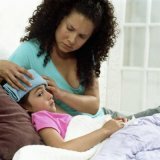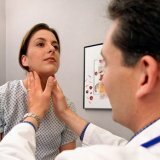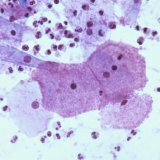Rhinovirus infection: symptoms and treatment
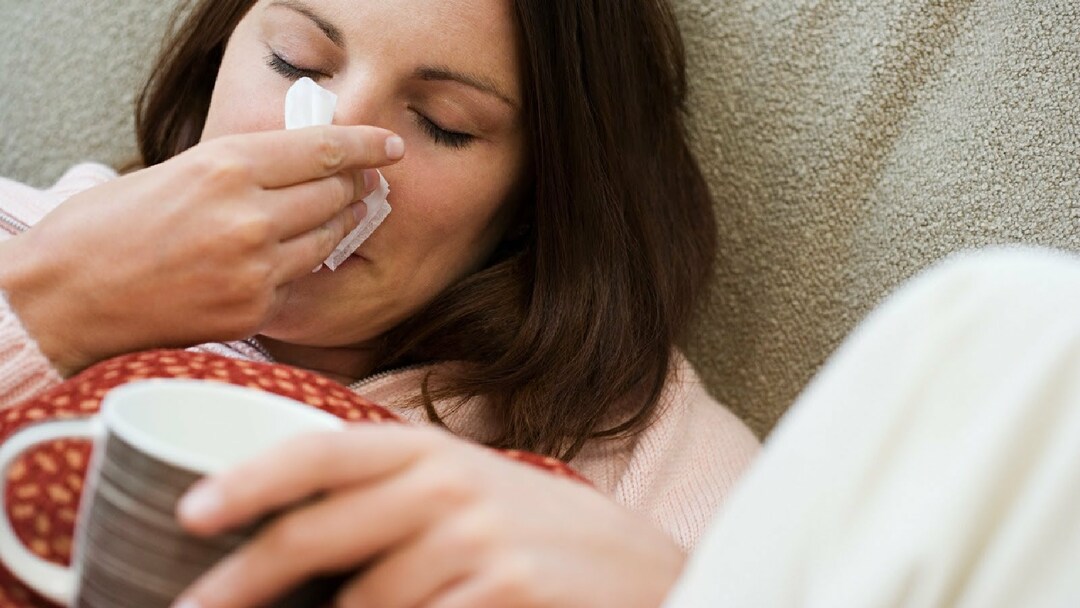
Rhinovirus infection is an acute respiratory disease caused by the Rhinovirus virus.The disease manifests itself as a plentiful rhinorrhea, a throat infection, and a weakly expressed intoxication syndrome.Rinovirus infection occupies a significant place in the infectious morbidity.So, in autumn and spring, the specific gravity of rhinovirus infection in the structure of all ARVI is 30-50%.
Table of contents: Causes Symptoms of rhinovirus infection Treatment of rhinovirus infection PreventionReasons
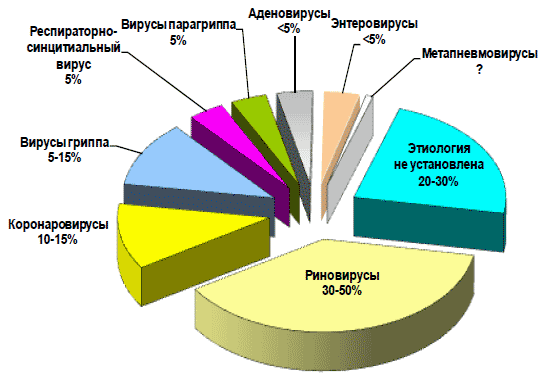
Rhinovirus belongs to the family Picornaviridae.The virus has no shell, which explains its weak stability in the external environment.The optimum temperature for the microorganism is between 33-35 degrees.At temperatures above 37 degrees the virus stops multiplying.This explains why rhinovirus affects only the nasopharynx: the temperature in the nasal cavity is less than in the lower respiratory tract.
Infection is transmitted by airborne droplets.Do not forget about the contact and household way of transmission, when you can get infected with infection by shaking hands, touching objects on the surface of which are particles of saliva from an infected person.

The source of rhinovirus infection is a virus carrier or a sick person, and a person becomes infectious about a day before the appearance of the first clinical symptoms.But the most infectious person becomes on the second-third day of the disease, when the amount of the virus in the nasal secret reaches its maximum.The entrance gate of the infection is the mucous membrane of the nasal cavity.Rhinovirus penetrates and multiplies in the epithelial cells of the mucosa.The activity of the virus causes a local inflammatory reaction. Three components play a role in the pathogenesis of inflammation:
- Mucosal edema;
- Extension of blood vessels;
- Increased secretion of goblet cells by mucus.
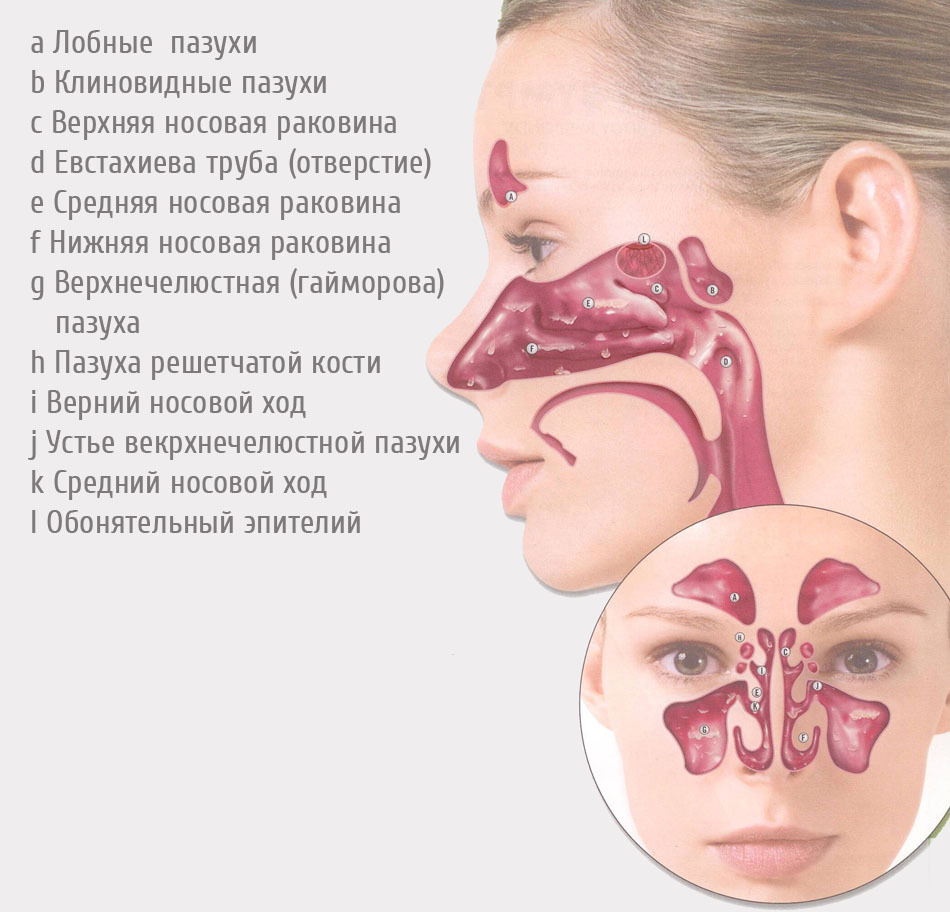 The susceptibility to rhinovirus infection is universal.So, when burying in the nasal passages of a fluid containing a virus in a minimal amount, their infection occurred.
The susceptibility to rhinovirus infection is universal.So, when burying in the nasal passages of a fluid containing a virus in a minimal amount, their infection occurred.
After the transferred rhinovirus infection, type-specific, unstable immunity is formed, lasting approximately two years.But since there are more than 110 serotypes of rhinovirus in nature, a person can suffer from rhinovirus infection several times a year.Rhinovirus infection is registered throughout the year, but with the maximum increase in the autumn and spring seasons.
Symptoms of rhinovirus infection
The duration of the incubation period is one to five days, but in most cases - two to three days.The disease begins acutely, chills appear, the temperature rises to 37-37.5 degrees.Because of the stuffy nose, it's difficult for a person to breathe, pain in the paranasal sinuses may appear, and also in the frontal region.
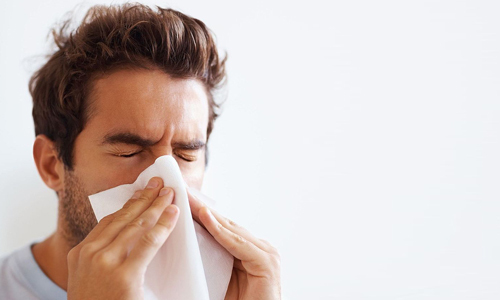 Soon serous discharge appears from the nasal passages, which are so abundant that the patient has to constantly change handkerchiefs.Due to the fact that the skin of the vestibule of the nose is constantly moist, and even constantly irritated by the tissue of the handkerchief, maceration( scaling) areas appear.Soon nasal discharge becomes serous and slimy.Nasal secret is transparent, if it becomes yellow-green and dense, this indicates the attachment of a bacterial infection.
Soon serous discharge appears from the nasal passages, which are so abundant that the patient has to constantly change handkerchiefs.Due to the fact that the skin of the vestibule of the nose is constantly moist, and even constantly irritated by the tissue of the handkerchief, maceration( scaling) areas appear.Soon nasal discharge becomes serous and slimy.Nasal secret is transparent, if it becomes yellow-green and dense, this indicates the attachment of a bacterial infection.
Along with the common cold, people begin to worry about dryness in the throat and perspiration, sometimes pain.Some patients experience mild catarrhal conjunctivitis with lachrymation.In the area of the mouth, the chin may appear herpetic eruptions.
For rhinovirus infection, a weakly expressed intoxication syndrome is characteristic.The temperature keeps at a level of 37-37.5 degrees, rarely reaching a figure of 38 degrees.In many patients, the temperature is completely within the normal range.
In adults, rhinovirus infection lasts an average of seven to ten days and is mild.However, a runny nose can persist for two weeks.
In children, rhinovirus infection occurs at a temperature of 38-39 degrees, as well as complications caused by the activation of a chronic foci of infection in the body or the attachment of a bacterial flora.
Complications are :
- Early( otitis, sinusitis) - can occur as early as the fourth or fifth day of the disease;
- Late( pneumonia, meningitis, mastoiditis).
Development of otitis and sinusitis is promoted by pronounced edema of the nasopharyngeal mucosa.This leads to the fact that the holes through which the paranasal sinuses connect with the nasal passages overlap.The lumens of the auditory tube also narrow.Difficulty in drainage leads to the activation of bacterial flora.
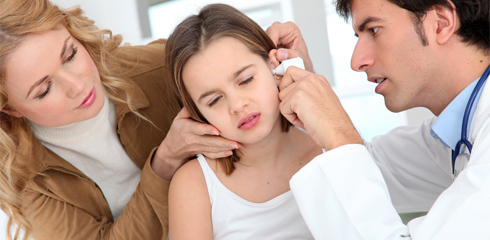
Treatment of rhinovirus infection
Patients with rhinovirus infection do not need hospitalization.You must observe the home regime, eat high-calorie food, drink plenty of liquid.
Please note: etiotropic treatment for ARVI, other than influenza, does not exist.Therefore, do not panic and buy all kinds of allegedly antiviral drugs with unproven efficacy - take care of money.
Nasal drops with vasoconstrictive effect can be used to facilitate breathing.However, these drops should not be used for more than seven days, otherwise the drug may become addictive and less effective.
An excellent alternative is a saline solution.Prepare it easily: enough to dissolve a teaspoon of table salt or sea salt in five hundred milliliters of boiled water.The resulting solution must be poured into the syringe, with which to rinse the nostrils alternately.
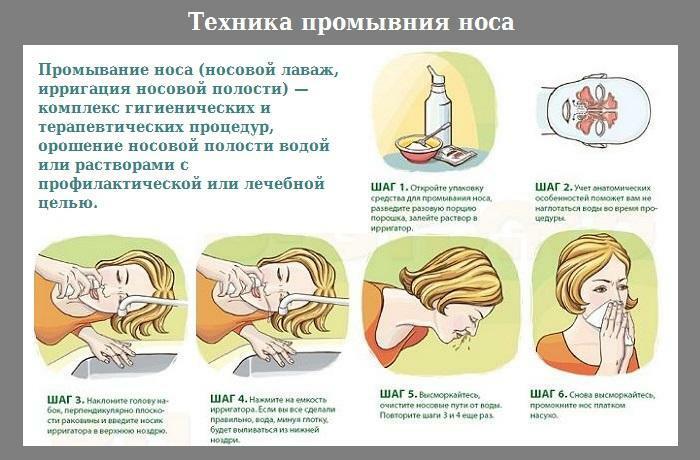
Antihistamines( loratadine, cetirizine and others) are prescribed to reduce mucosal edema.
At high temperature children( over 38.5 degrees) can take antipyretic drugs: paracetamol, ibuprofen.
Antibiotics should be used only in case of bacterial infection and the development of complications.
Prevention
There is no specific prevention of rhinovirus infection.For emergency prevention, you can use interferon, which should be dripped into the nasal passages.For the same purpose, 0.25% oxolin ointment can be used.
After visiting public places, transport should always wash your hands.Do not touch dirty hands with your face, rub your eyes.These simple recommendations will save you from an acute respiratory viral infection.
Grigorova Valeria, medical reviewer

